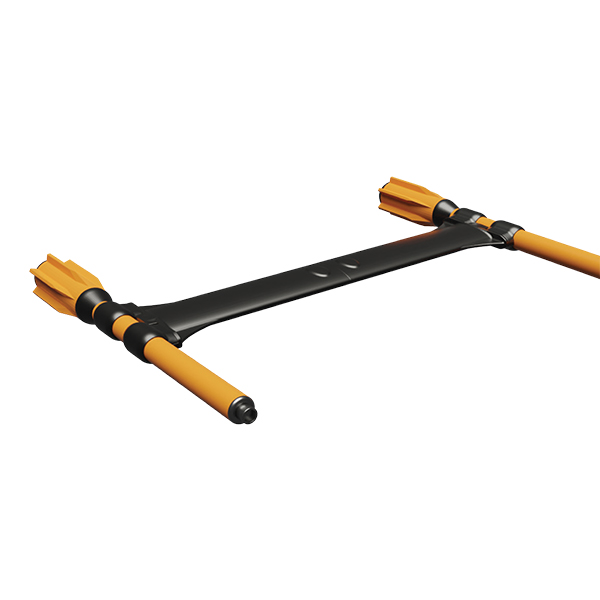Horizontal Transverse Gradiometer v.2
Rigid frame gradiometers are best suited for short-baseline applications where relative positional accuracy is key. Each towfish can be used as a single magnetometer.
Applications
Cable/ Pipeline Survey
A horizontal transverse gradiometer can be effectively used to track cables or pipelines in real-time from relatively high towing altitudes.
The addition of vertical gradiometer data allows accurate measurement of cable/ pipeline burial depth (see SeaQuest Multi Sensor Gradiometer brochure).
Detection of Small Ferrous Targets
Short-baseline gradient, whether measured in transverse or longitudinal direction, is useful for eliminating geological and diurnal interference, and emphasizing near-surface objects in real-time so that recovery efforts can be started while the survey is in progress, rather than waiting for the Total Field data to be processed.



